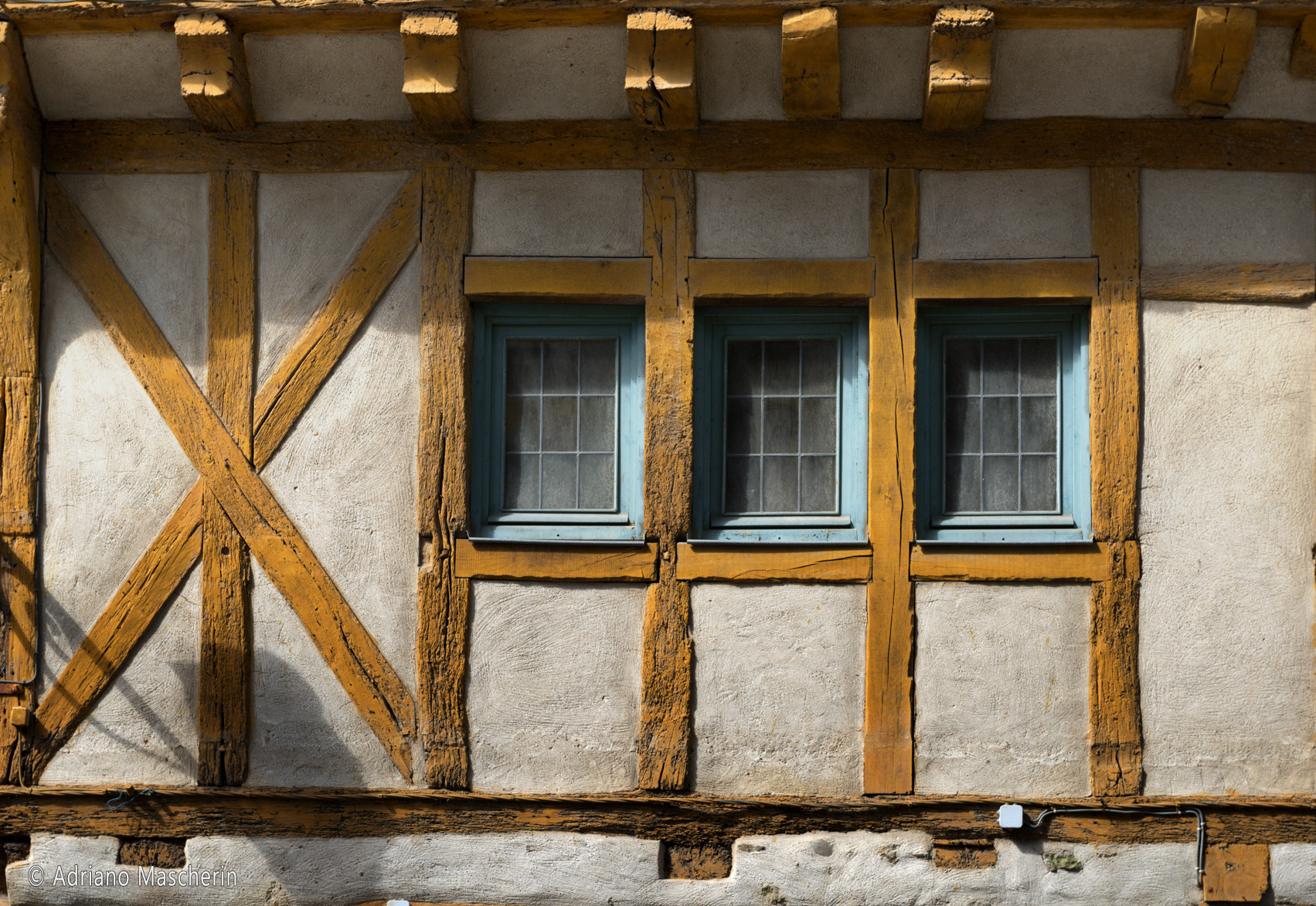Si definiscono case a graticcio quegli edifici la cui struttura portante è formata da travi di legno disposte secondo diversi orientamenti. Gli interstizi generati dalla particolare intelaiatura in legno vengono riempiti da materiale che può essere argilla, pietra o laterizio. Gli archetipi di tale tipo di costruzione affondano nell’antica Çatalhöyük in Turchia e risalgono a un abitato di epoca neolitica. In tempi relativamente più vicini un esempio simile ci viene offerto dall’antica Ercolano, dove la casa, che non a caso è stata chiamata “casa a graticcio”, è costruita in una tecnica del tutto simile. I paesi europei dove oggi se ne possono ammirare più esemplari sono Germania e Francia, ma abbondano, seppure in minor numero, anche in Polonia, Belgio, Inghilterra, Svizzera. Le prime risalgono al tardo medioevo per arrivare agli inizi novecento.
Queste abitazioni hanno un grande fascino, con i loro colori, i fiori alle finestre, le tendine di pizzo, ti fanno tornare alla mente certi libri di fiabe che abbiamo letto e invece qui sono ancora realtà. Le vedi un po’ piegate, imbarcate, certi tetti che si incurvano, sicuramente sentono il peso degli anni ma conservano un fascino intrigante. Alcune poi sono decorate da incisioni realizzate direttamente sulle travature o riportate. Sono delle opera d’arte che sfidano il tempo.
Half-timbered houses are defined as those buildings whose supporting structure is made up of wooden beams arranged according to different orientations. The interstices generated by the particular wooden frame are filled with material that can be clay, stone or brick. The archetypes of this type of construction can be found in ancient Çatalhöyük in Turkey and date back to a settlement from the Neolithic era. In relatively more recent times, a similar example is offered to us by ancient Herculaneum, where the house, which not surprisingly was called a 'half-timbered house', is built in a very similar technique. The European countries where today more examples can be admired are Germany and France, but they abound, albeit in smaller numbers, also in Poland, Belgium, England, Switzerland. The first date back to the late Middle Ages to get to the early twentieth century.
These houses have a great charm, with their colors, the flowers on the windows, the lace curtains, they remind you of certain storybooks that we have read and instead here they are still reality. You see them a little bent, boarded up, some roofs that curve, they certainly feel the weight of the years but retain an intricate charm. Some are then decorated with engravings made directly on the beams or reported. They are works of art that defy time.

Dinan
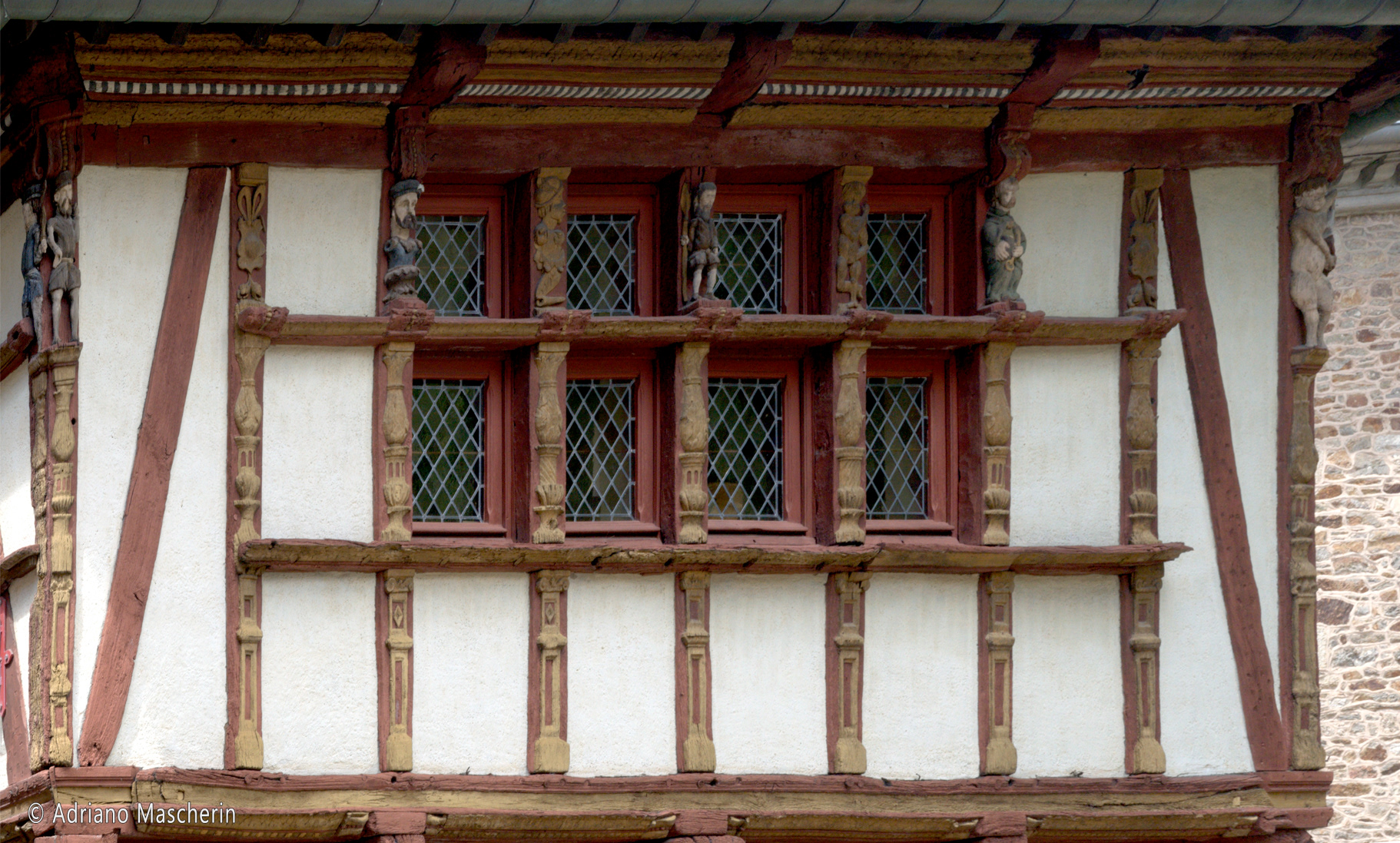
Dinan
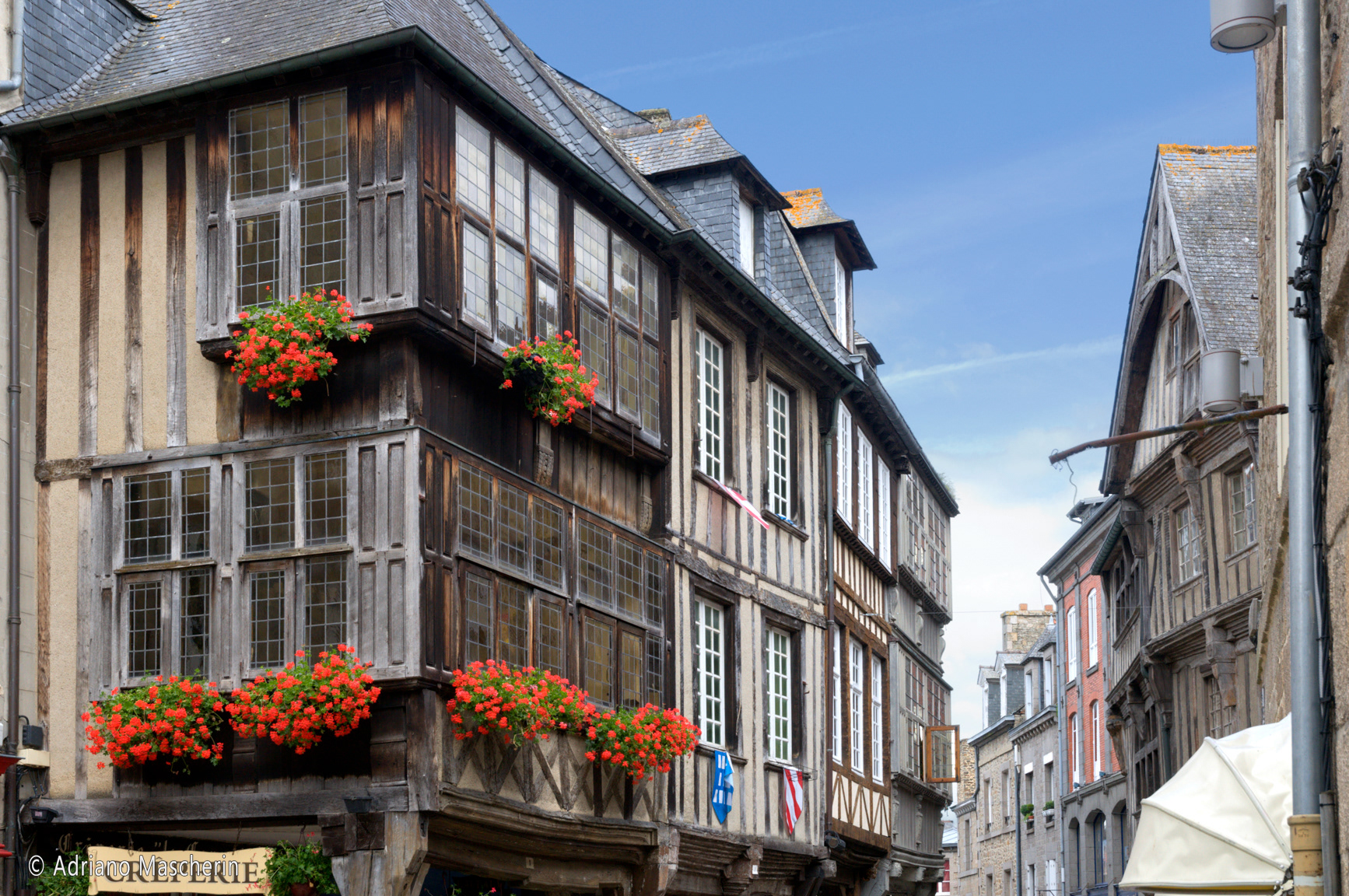
Dinan

Dinan
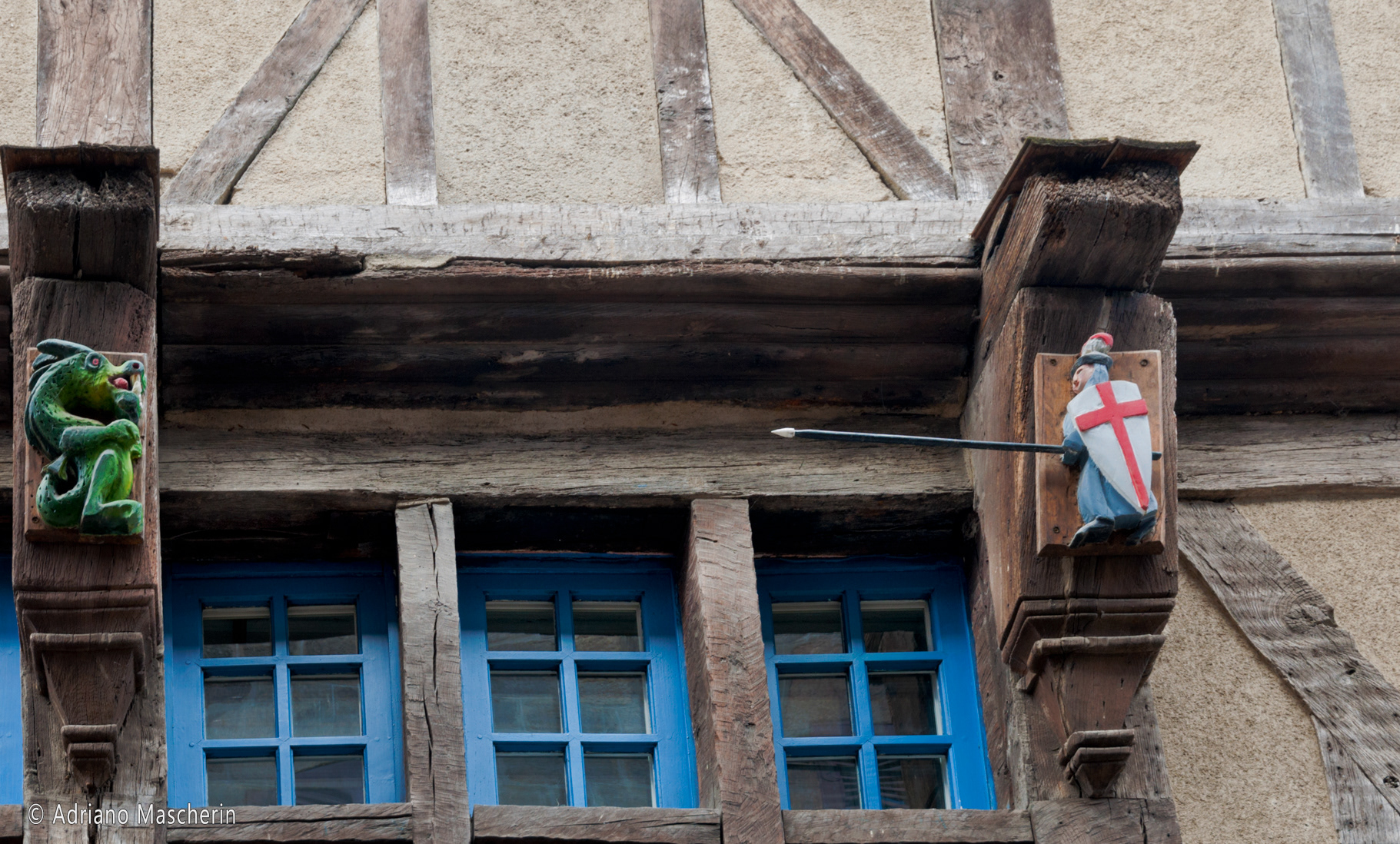
Dinan
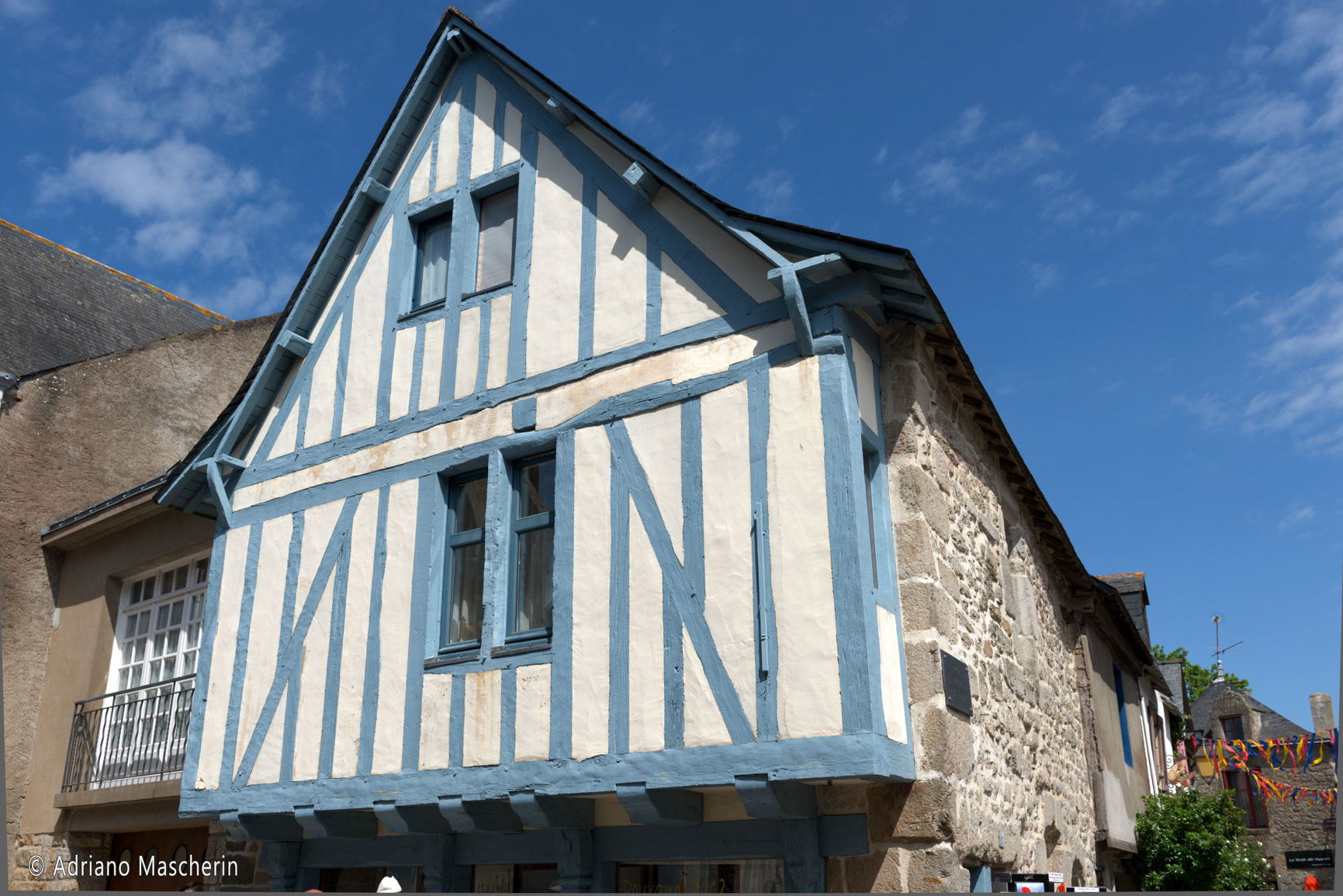
Guerande
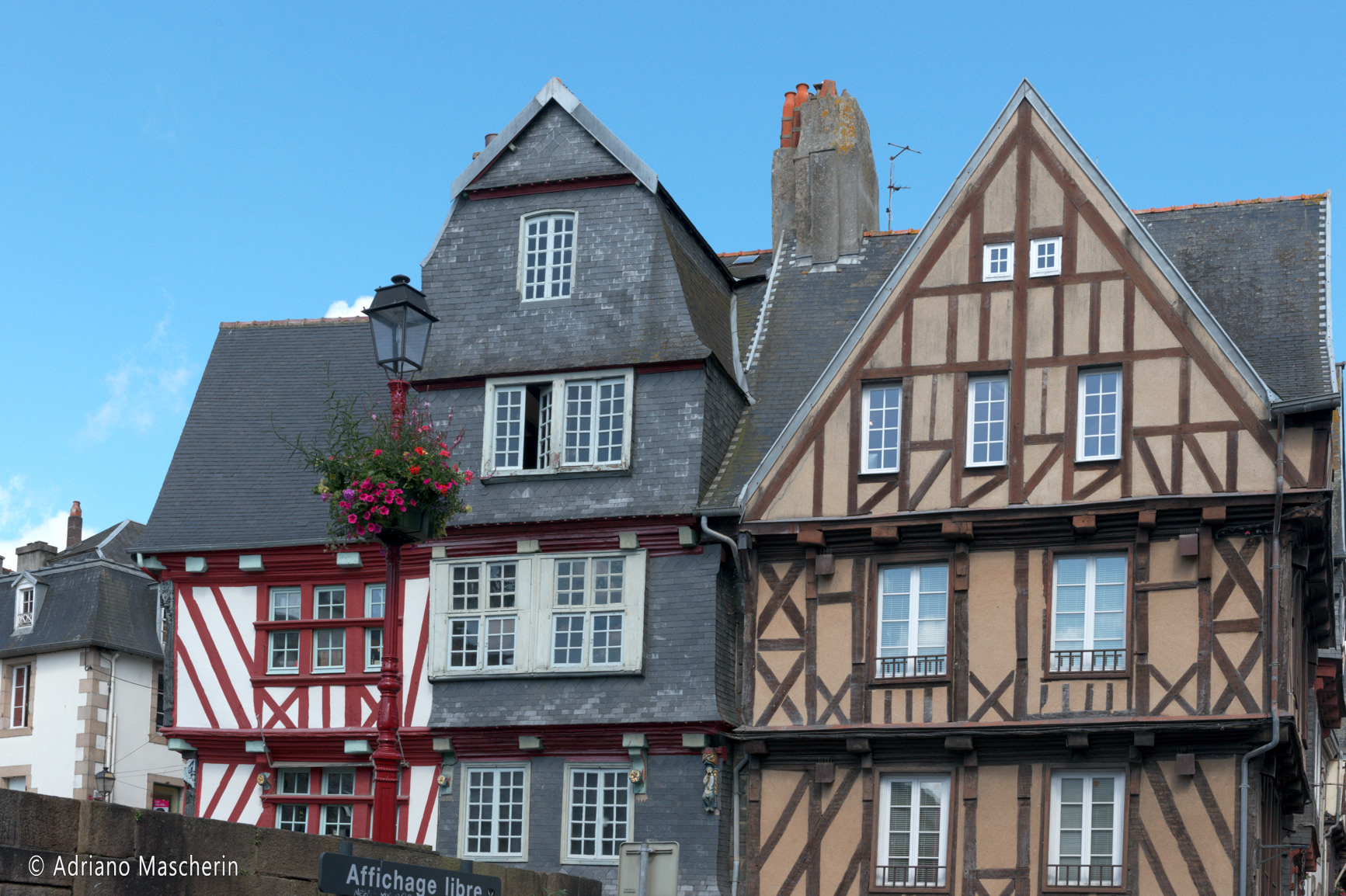
Morlaix
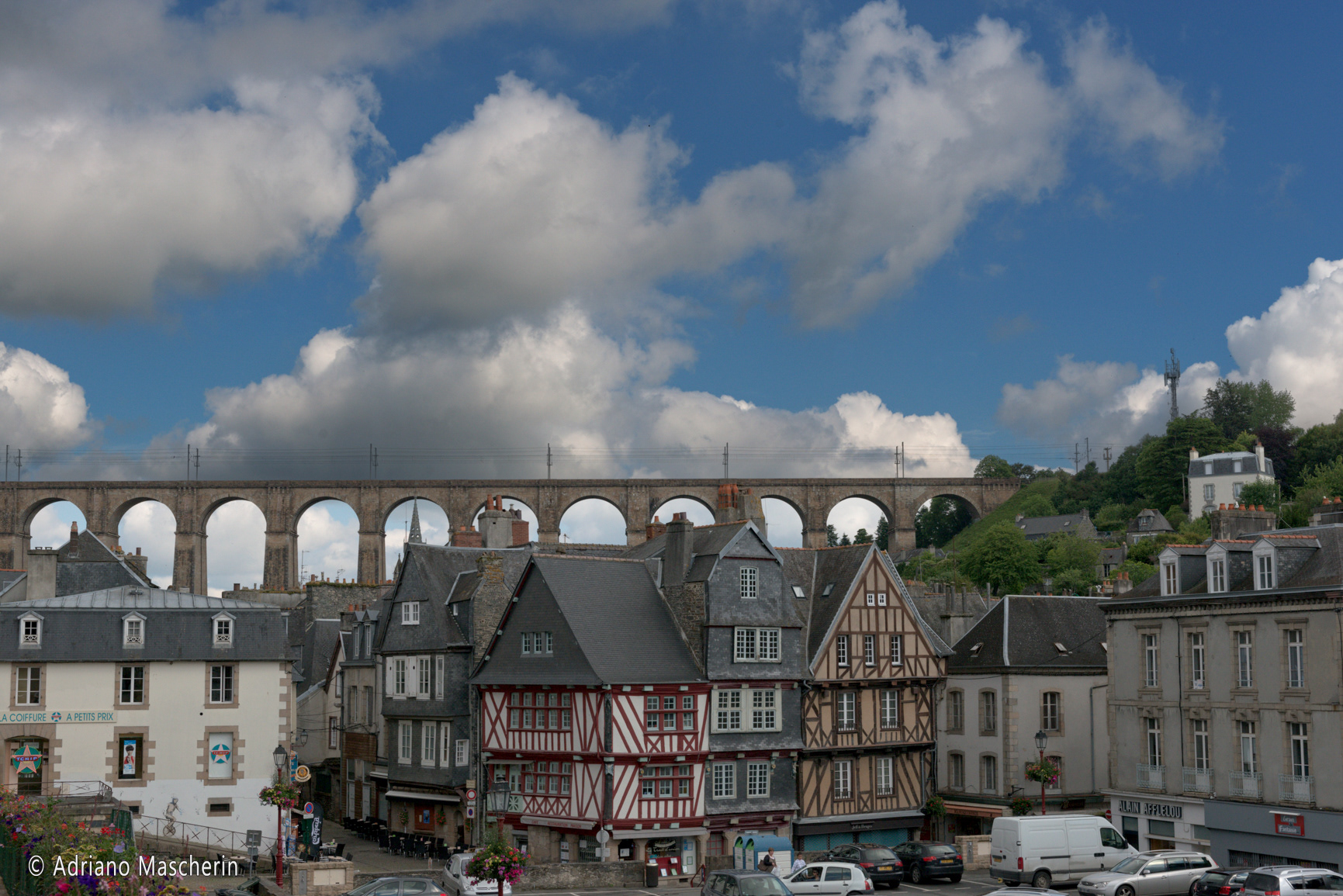
Morlaix e il viadotto - Morlaix and the viaduct
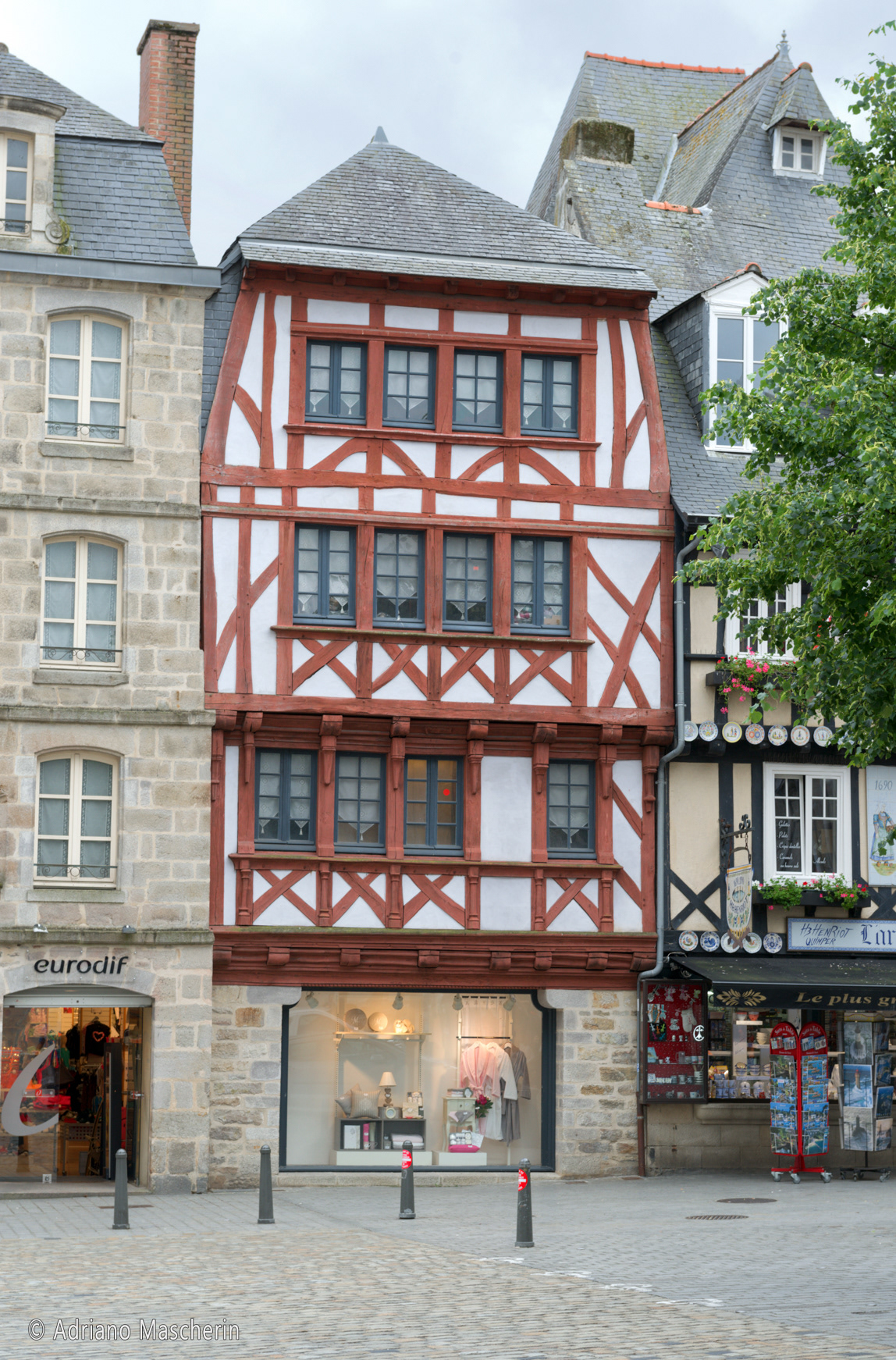
Quimper
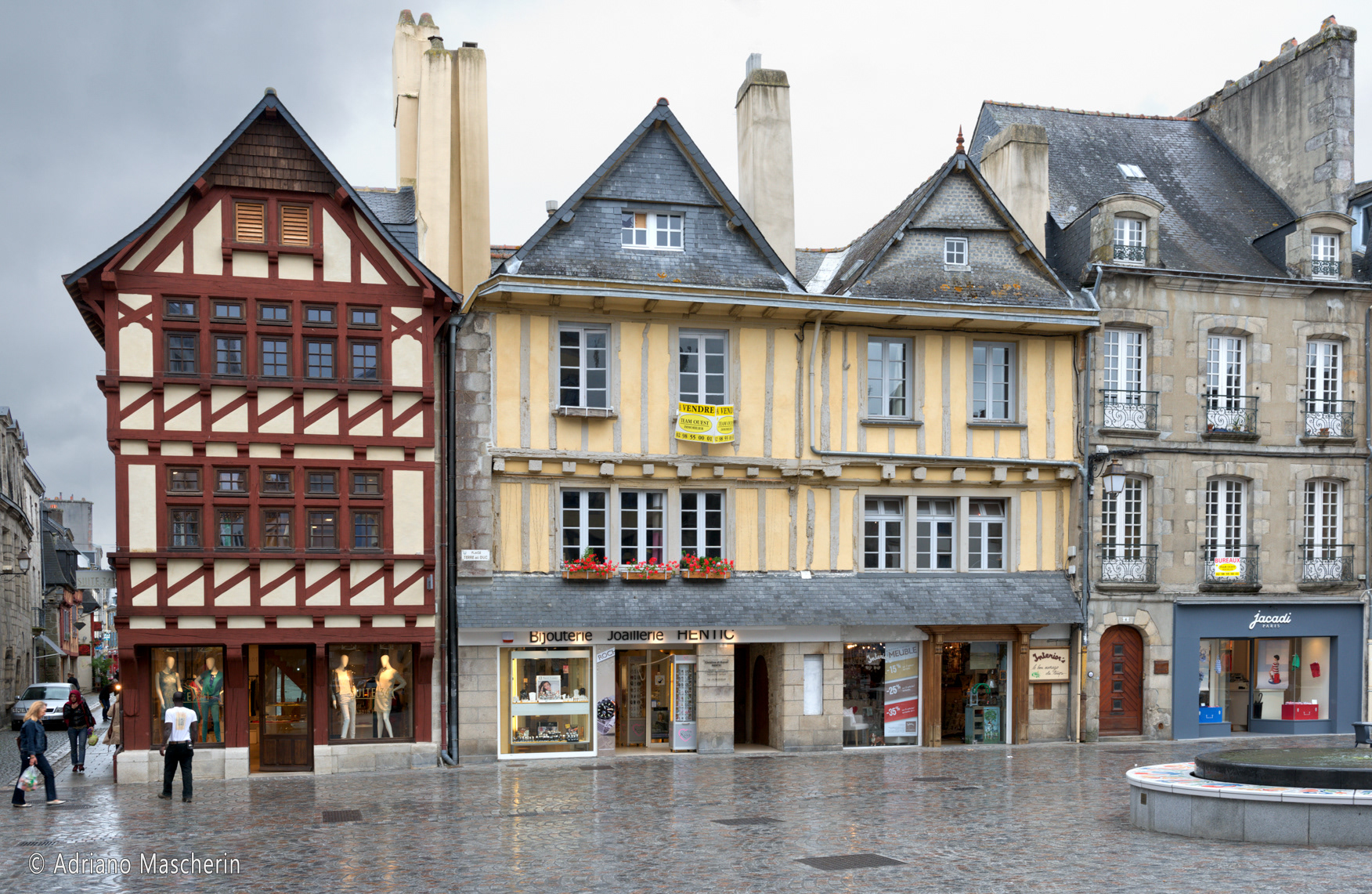
Quimper
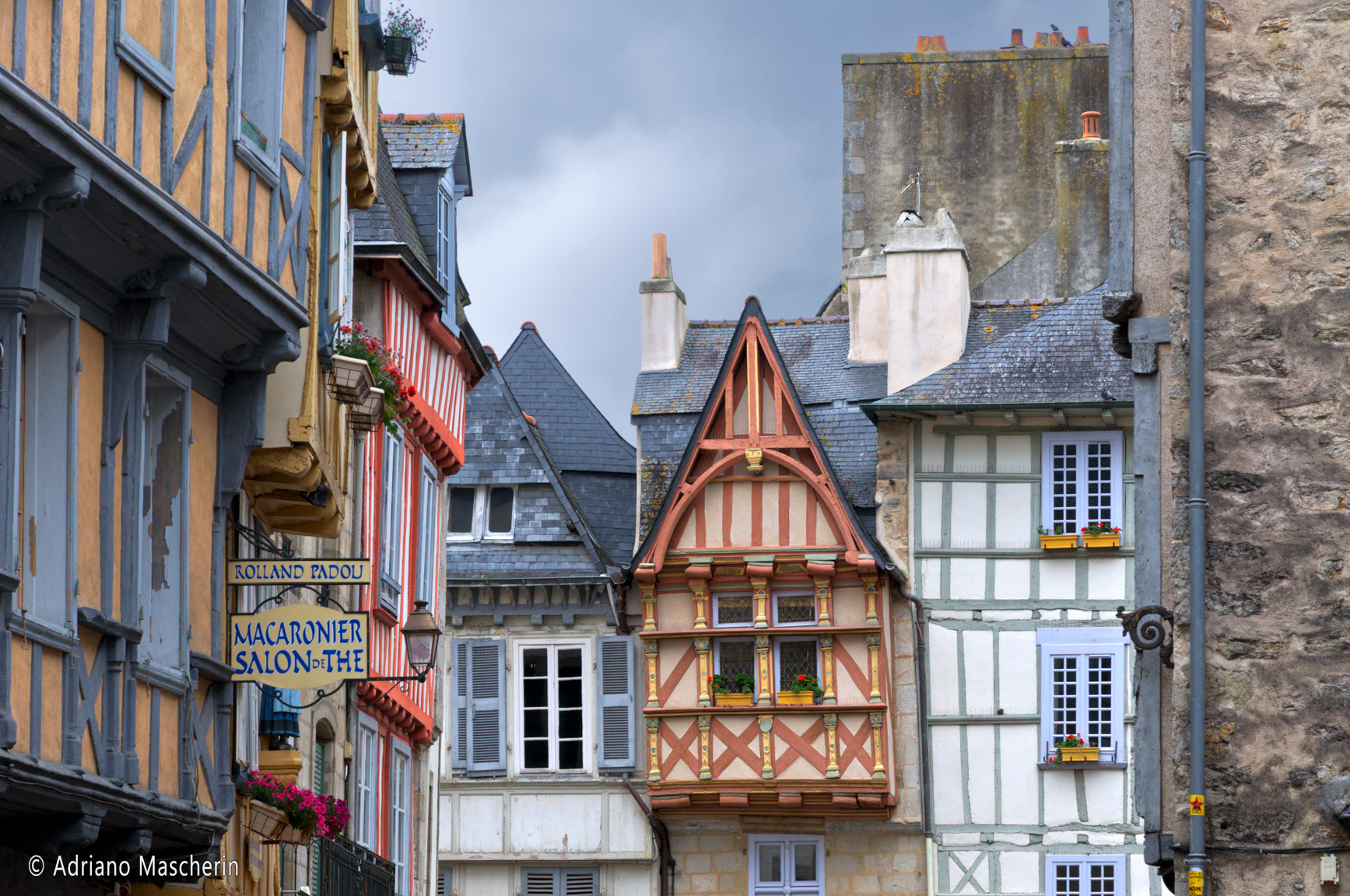
Quimper
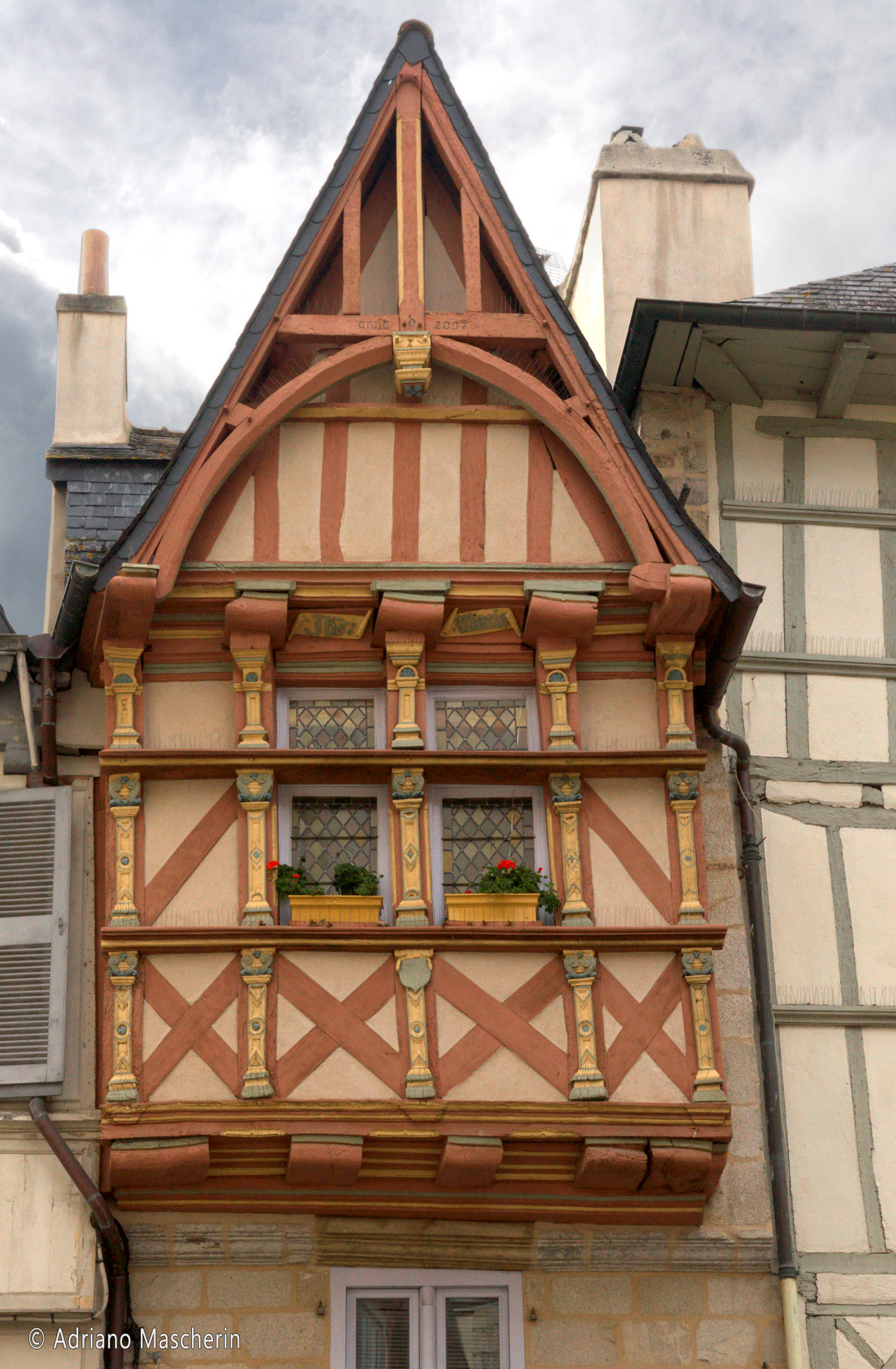
Quimper
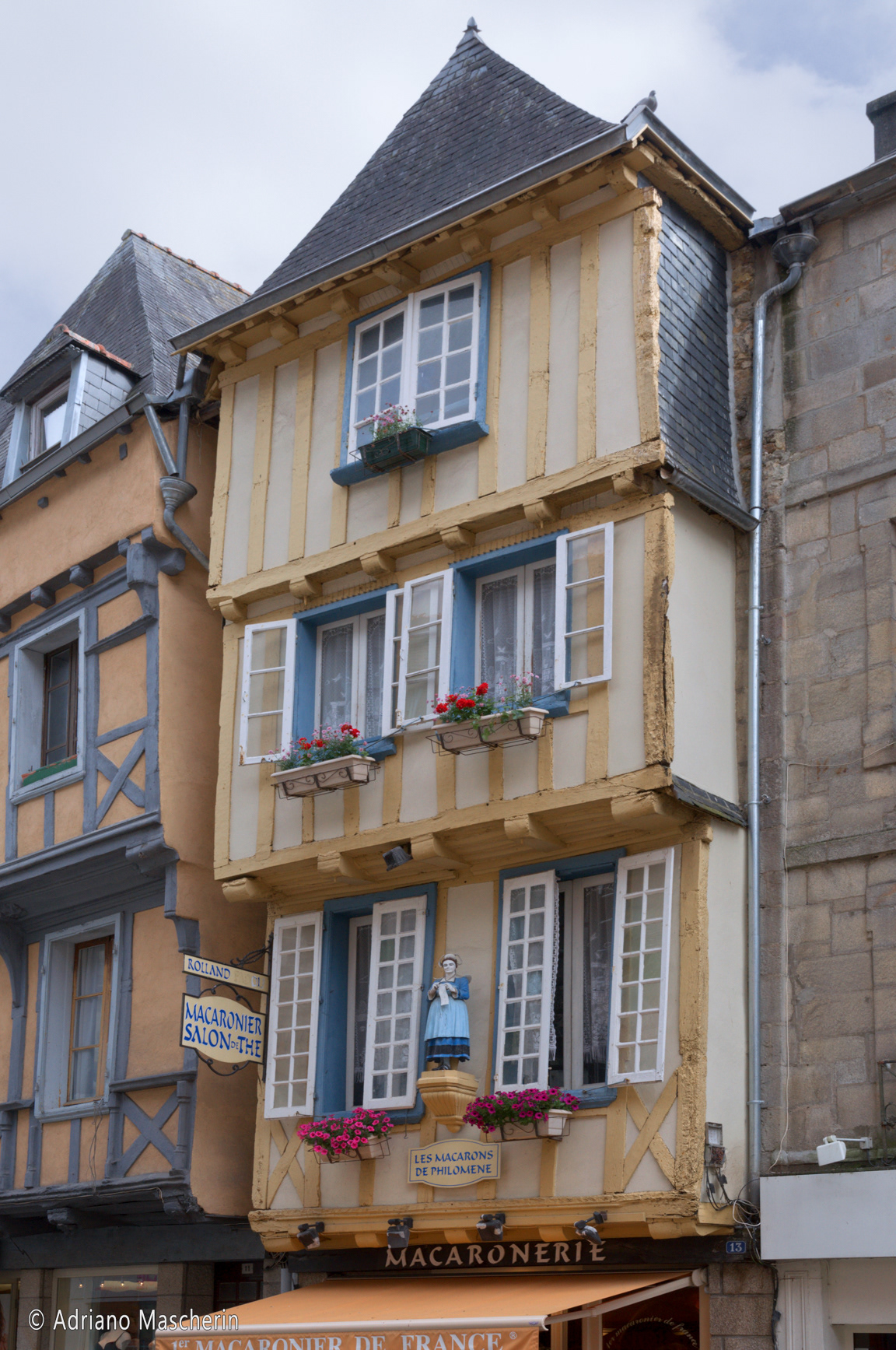
Quimper
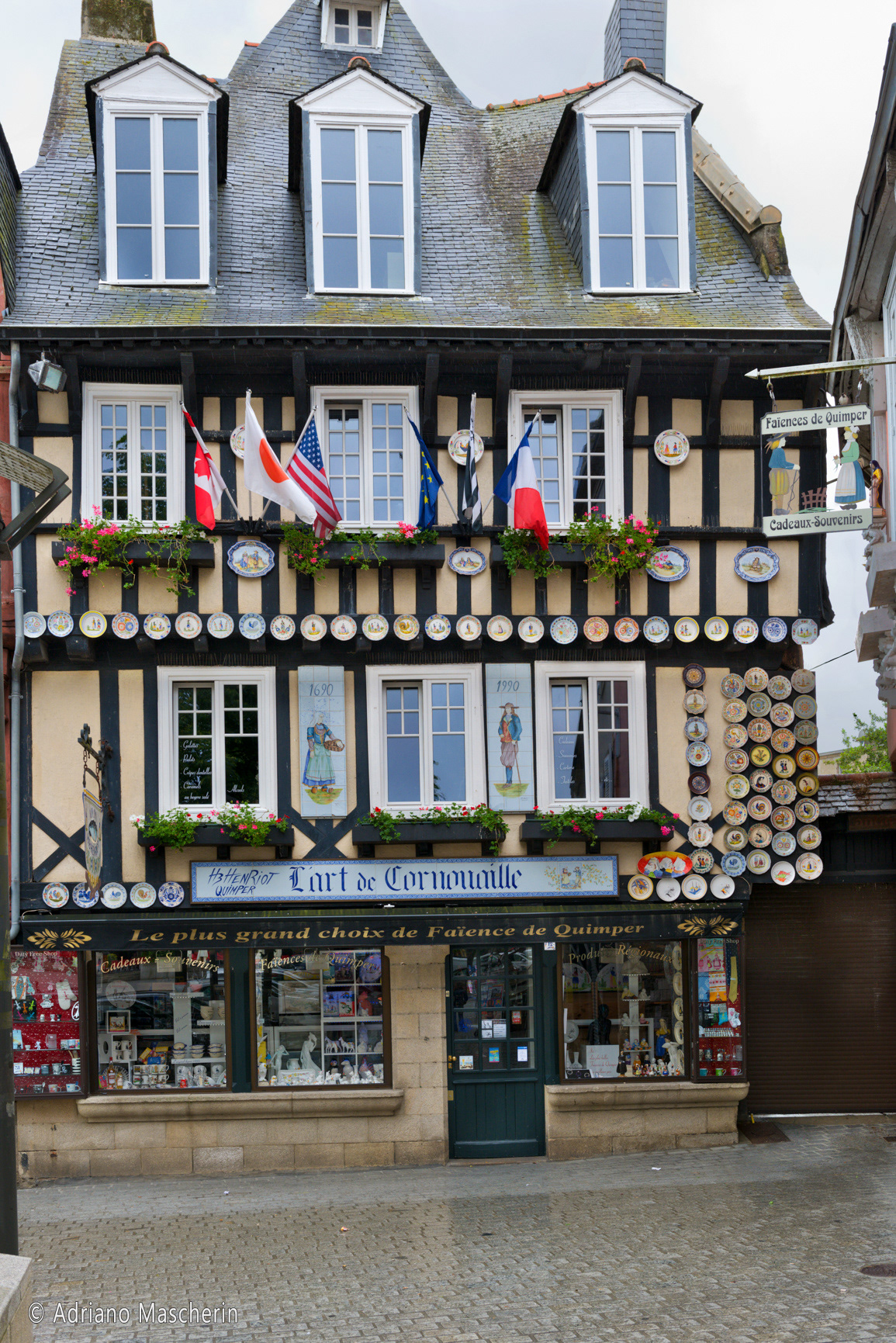
Quimper
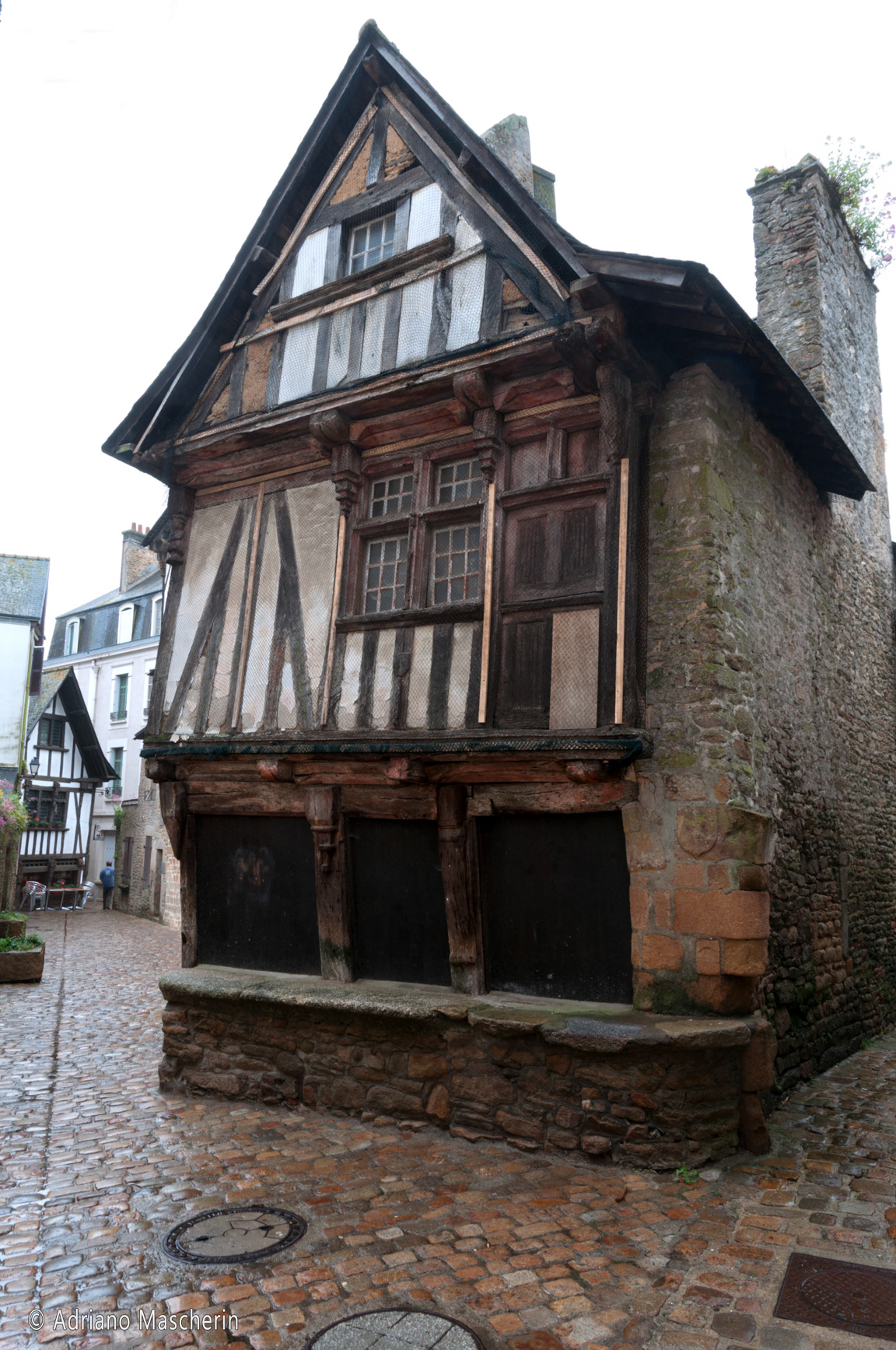
Quimperlé - Maison des Archers
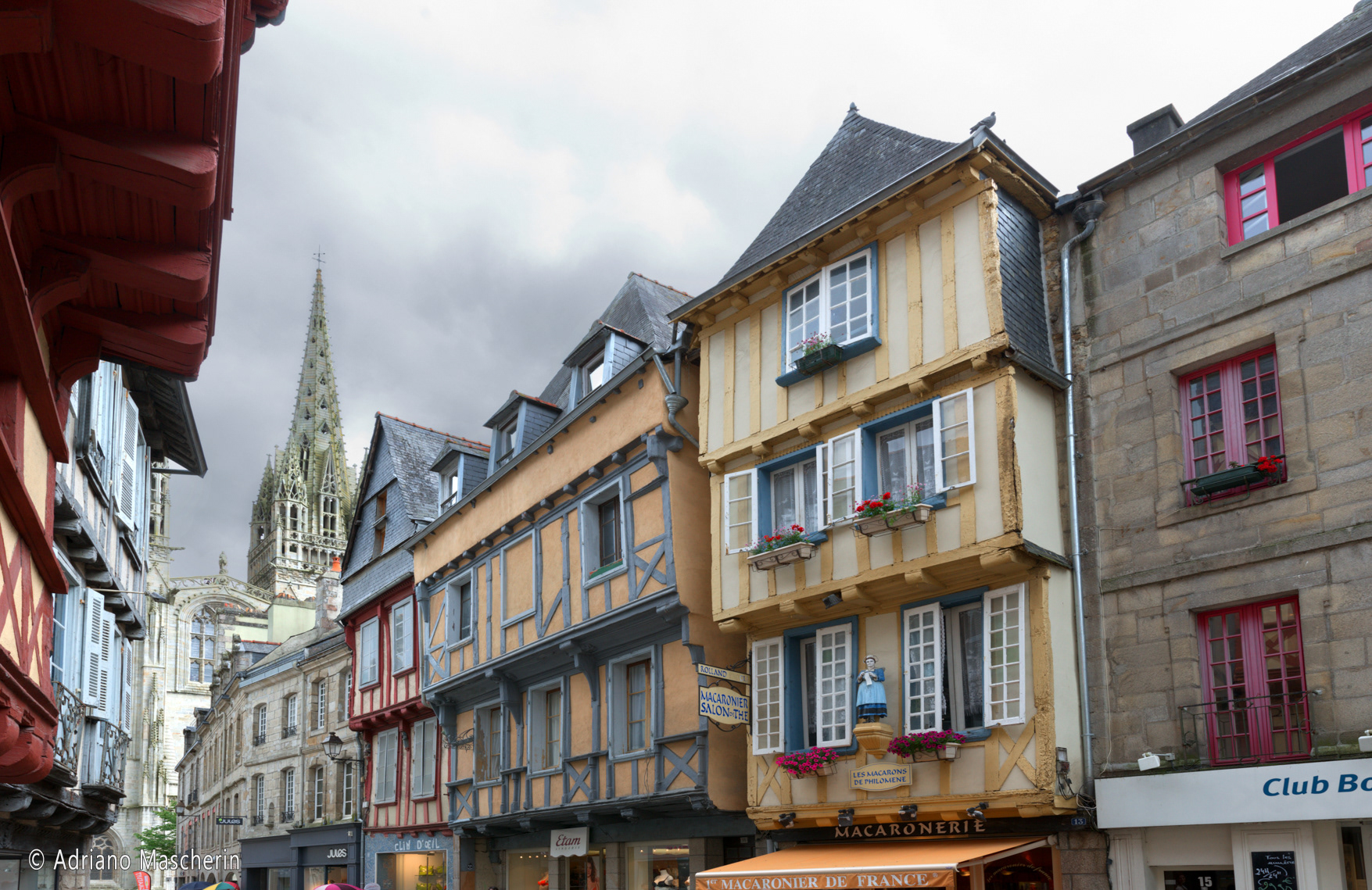
Quimper - Rue Kereon

Teguier

Teguier

Vannes
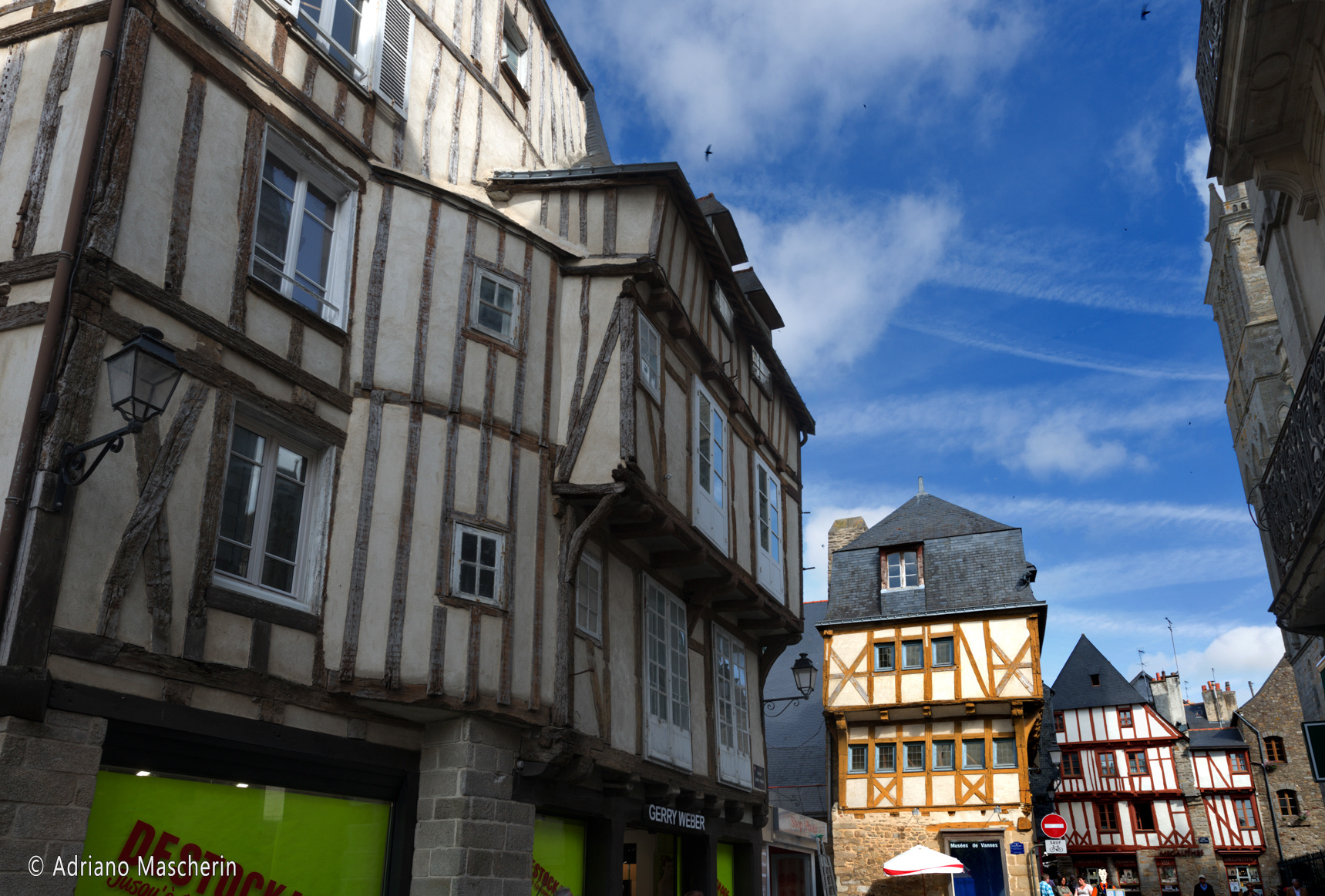
Vannes

Vannes
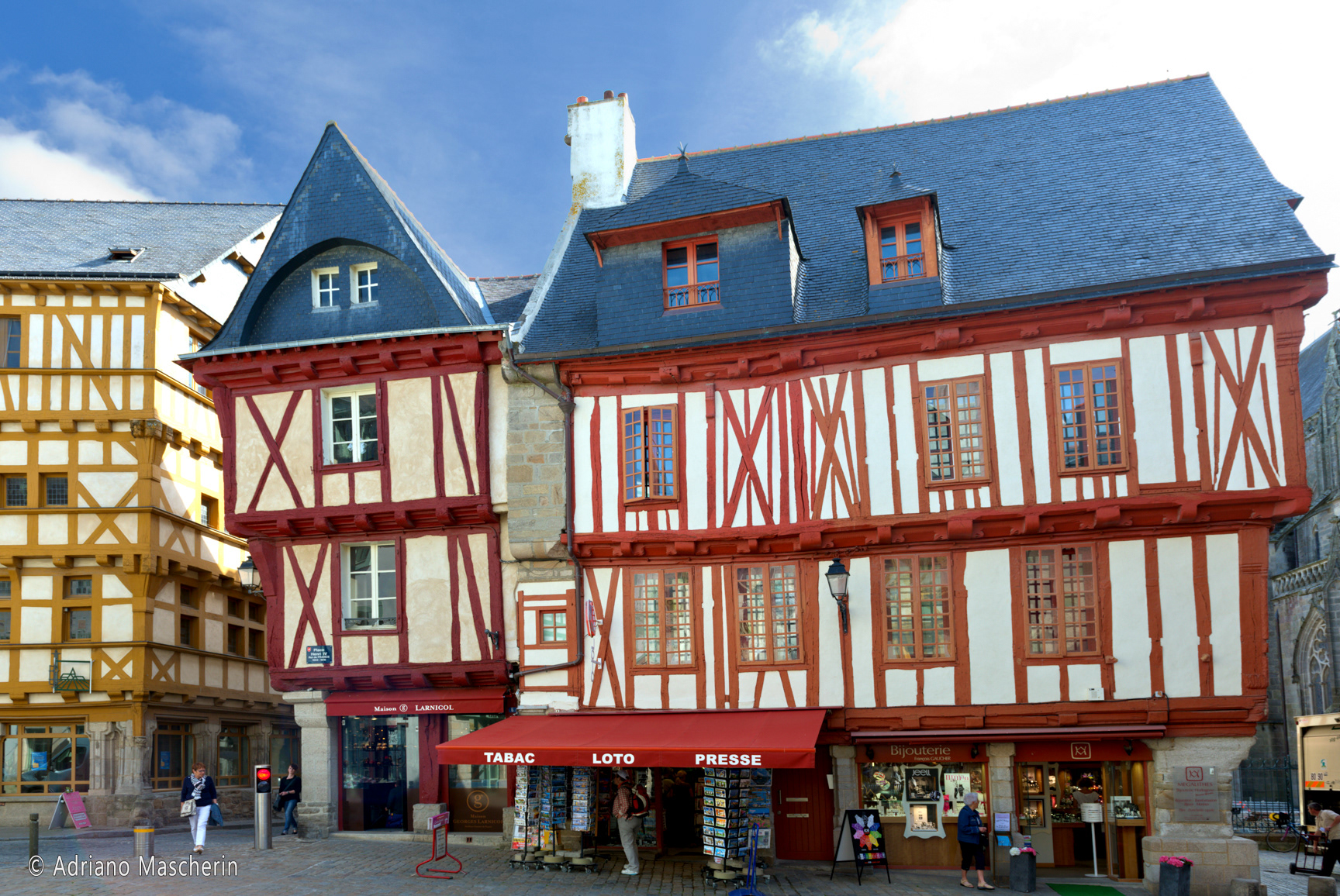
Vannes
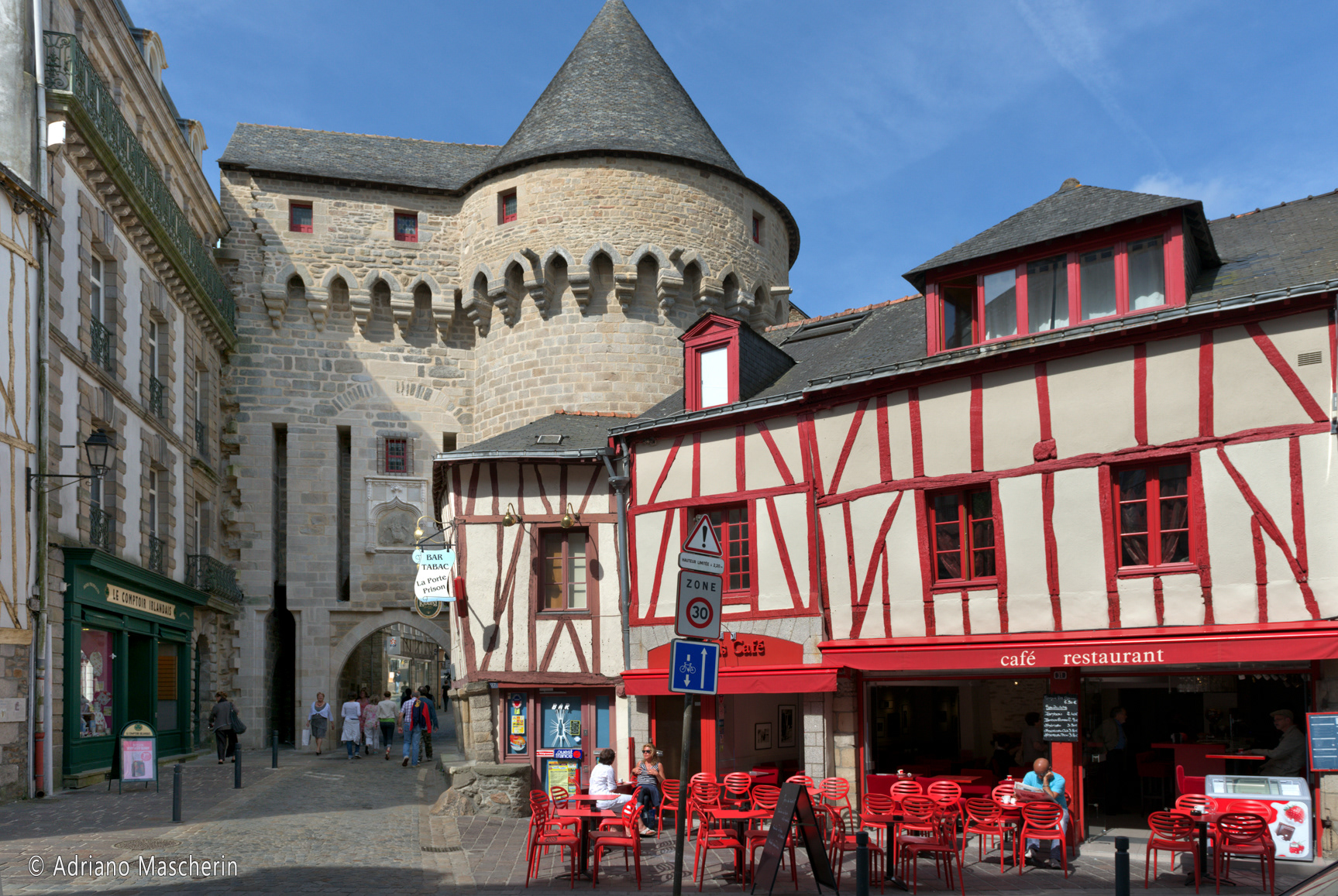
Vannes
